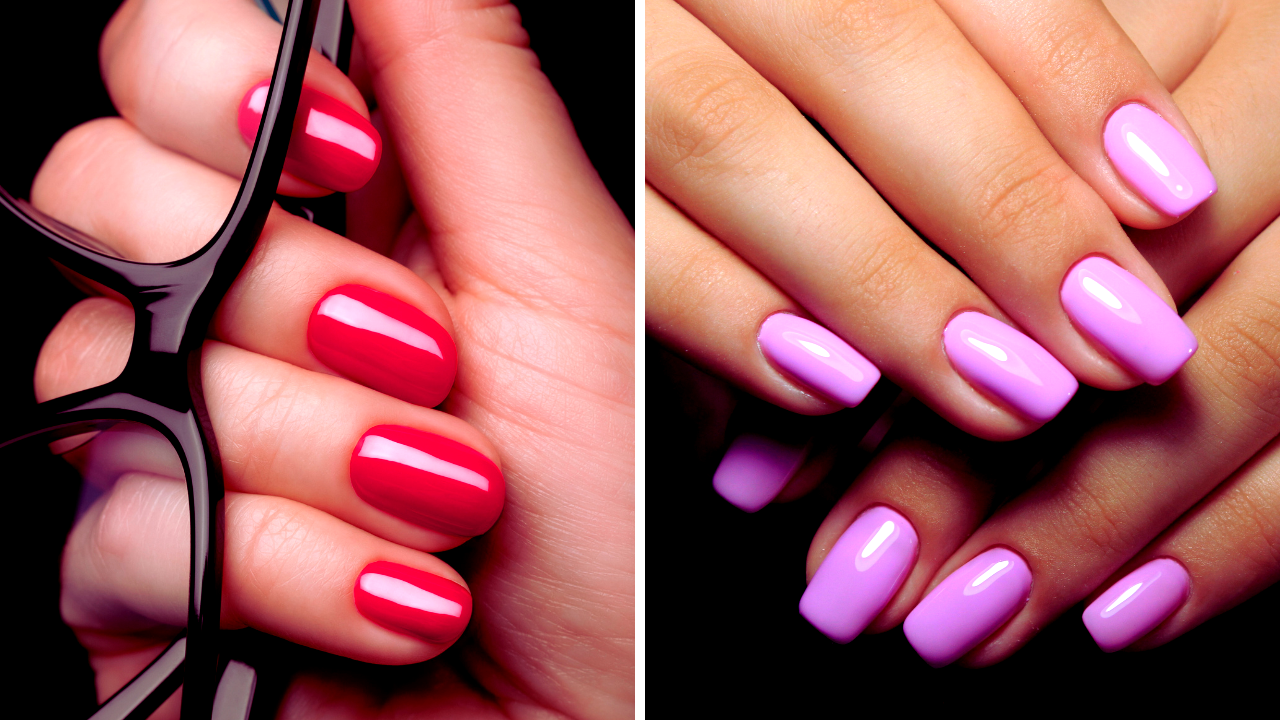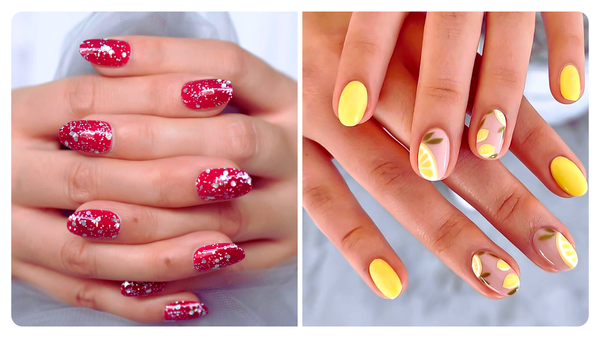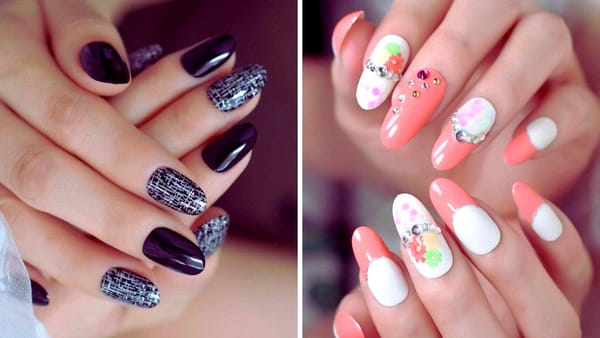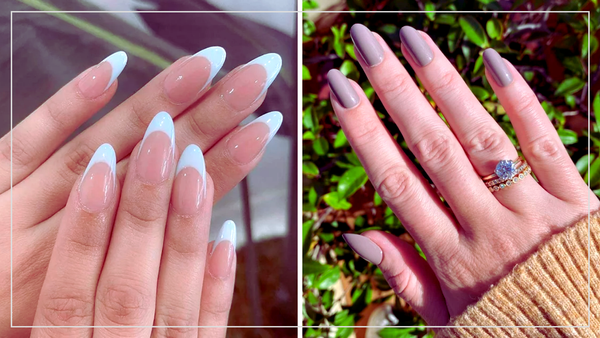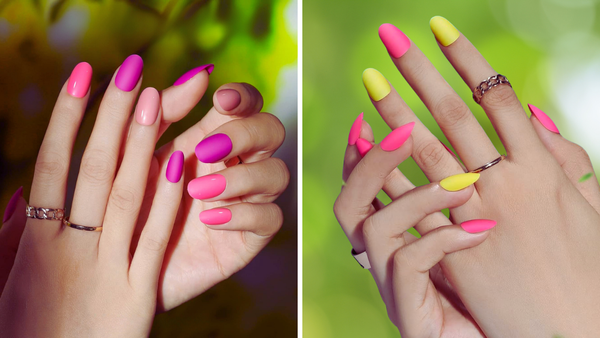Key Takeaways:
- Understand the distinct aesthetic and practical differences between oval and square nails.
- Learn how each nail shape can complement different finger types and personal styles.
- Discover the maintenance and lifestyle considerations for each nail shape.
Nail shapes are a fundamental aspect of personal style and beauty, with oval and square nails being two of the most popular choices. Each shape offers a unique look and comes with its own set of advantages and considerations. Whether preparing for your next nail appointment or considering a change in your nail art, understanding these differences is key to choosing the right nail shape.
The Aesthetics of Oval and Square Nails
When it comes to nail shapes, the visual impact is often the first consideration. Oval nails, known for their classic round shape and rounded edges, offer a timeless elegance. The oval shape is achieved by filing the sides of the nails and the tips, creating a shape that mirrors the natural shape of the nail beds. This rounded tip not only looks graceful but also tends to elongate fingers, making them appear slender and more feminine.
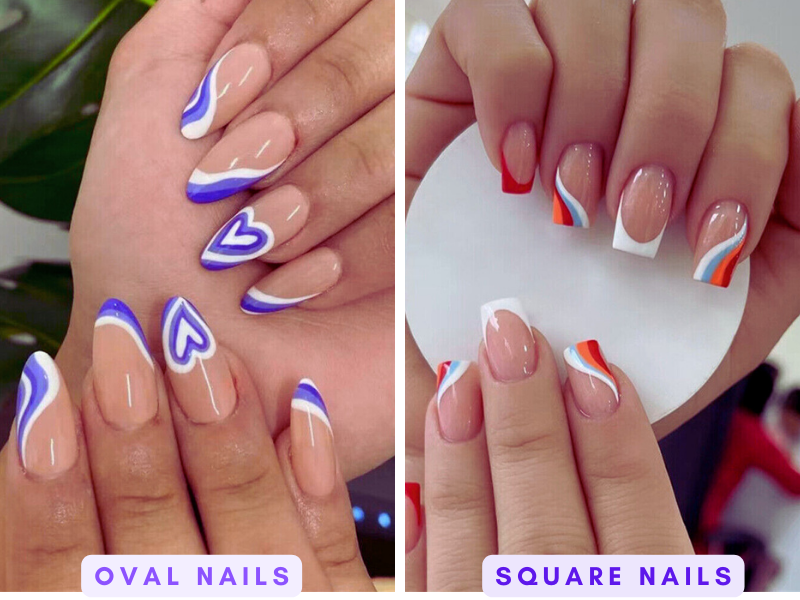
On the other hand, square nails, characterized by their straight sides and flat edges, present a bolder and more modern look. The square shape is perfect for those with longer nails and narrow nail beds, as the sharp corners and straight edges can make the nails appear wider. Square-shaped nails are a popular choice for those who prefer a clean, geometric look and are often seen paired with nail art due to their flat, even surface.
Practical Considerations: Lifestyle and Maintenance
When choosing between oval and square nails, it's important to consider your lifestyle and how much maintenance you're willing to commit to. Oval nails, with their rounded corners, are less likely to snag on clothing or other materials, making them a practical choice for those with active lifestyles or certain professions. They also tend to be stronger and less prone to breakage due to the lack of sharp corners, which can be a significant advantage for natural nails.
Square nails, while stylish, may require more upkeep. The sharp corners can catch and lead to chips or breaks, especially if you have naturally brittle nails or engage in activities that are tough on your hands. However, for those with shorter nail beds, the square shape can create the illusion of longer nails, which might be worth the extra care for some.
The Evolution of Nail Shapes: From Classic to Contemporary
The landscape of nail art has seen a remarkable evolution, with many shapes transitioning from the classic round shape to more contemporary designs like stiletto nails and coffin nails. Understanding the difference between oval and square nails is just the beginning. The almond nail shape, reminiscent of the nut named after, offers a sleek and elongated look for those with narrow nail beds. Meanwhile, the ballerina nails, or coffin shape, mimic the pointed tip of a dancer's shoe, tapering towards the end but with a flat edge, making it a popular shape for those seeking a blend of edge and elegance.

In contrast, squoval nails—a hybrid of the square and oval shapes—provide a softer approach to the square shape, with rounded corners that maintain the natural shape of the nail beds. Stiletto nails, with their much sharper point, are for the bold and adventurous, often seen gracing the red carpets and fashion runways. Each shape, from the rounded square nails to the sharp corners of the square-shaped nails, reflects a distinct personality and style, choosing the perfect nail shape as a personal statement.
The Role of Nail Beds in Choosing the Right Nail Shape
When pondering what is the difference between oval and square nails, it's essential to consider the nail beds. Those with wide nail beds might find that square or squoval nails complement their hands by providing a balanced look. The square shape, with its straight sides and sharp corners, can make wide nails appear more refined. Conversely, individuals with narrow nail beds may prefer the oval nail shape or almond-shaped nails, as these styles can help elongate the fingers and give the illusion of a more slender hand.
In contrast, round nails or oval-shaped nails with rounded edges are versatile choices that suit most nail beds. They mimic the natural shape of the nail, making them a go-to for those seeking a classic look. Almond and stiletto nails, with their pointed tips, can also accentuate longer nail beds, creating an elegant profile. It's important to assess your nail bed shape during your appointment to ensure you select the perfect nail shape for your hands.
Nail Extensions and Shape Adaptability
For those who love experimenting with different nail shapes but have limitations due to their natural nails, nail extensions offer a world of possibilities. Coffin nails and ballerina's nails, known for their coffin shape with a flat edge and tapered sides, are often achieved through extensions. These styles are particularly popular among those looking for a bold statement and can be a great way to try out a shape that doesn't naturally suit your nail beds.
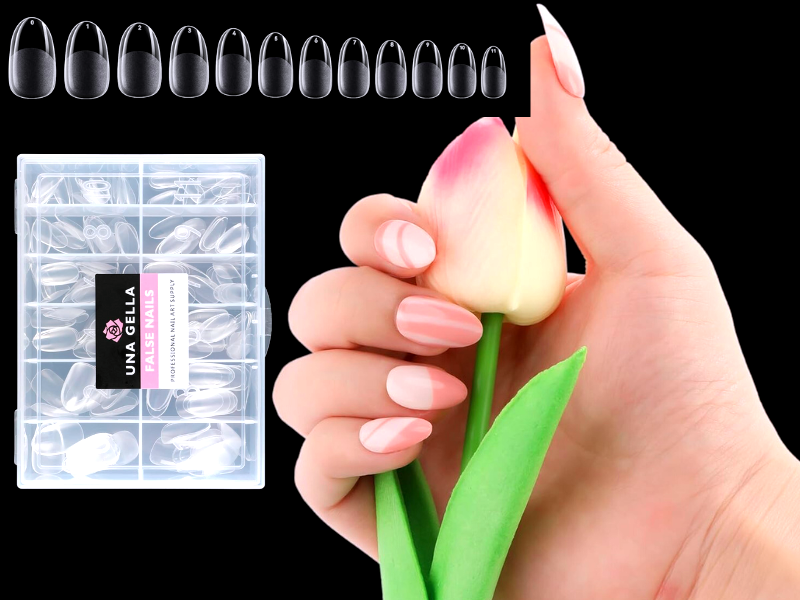
Stiletto nails, with their much sharper point, are another dramatic look that's typically easier to achieve with extensions than with natural nails. Extensions can also be a solution for those with shorter nail beds who desire longer nails. Whether you're looking for a rounded square, almond shape, or even the classic round shape, extensions can help you attain the perfect nail shape that reflects your style. Always discuss with your nail technician at the nail salon to ensure the right nail shape is chosen for your extensions, keeping in mind your personal preference and lifestyle.
Nail Shape Trends and Cultural Influence
Nail shapes reflect personal style and are a canvas for cultural expression. The different nail shapes available at any nail salon speak volumes about the prevailing fashion trends. For instance, almond-shaped nails and oval nails have been associated with a classic and timeless appeal, often favored by those with a penchant for vintage aesthetics. On the other hand, the stiletto shape, with its pointed edges and sharp point, has become synonymous with modern, high-fashion statements.
The round nail shape and the more recent rounded square nails offer a compromise between the edgy and the conservative, making them a common nail shape for everyday wear. The square-shaped nails, with their straight sides and sharp corners, have been a staple in the nail art world, often chosen for their simplicity and suitability for a wide range of nail art designs. As trends continue to evolve, the next manicure could see a resurgence of other nail shapes like the classic round shape or the emergence of new, innovative designs that challenge the status quo of the nail art world.
Nail Shape and Finger Types
The perfect nail shape can complement your finger type and enhance the overall appearance of your hands. Oval nails are often recommended for those with wide nail beds and shorter fingers, as the oval shape can help create the illusion of length. The gentle curves of oval-shaped nails are also flattering for slender fingers, as they maintain the natural balance without adding width.
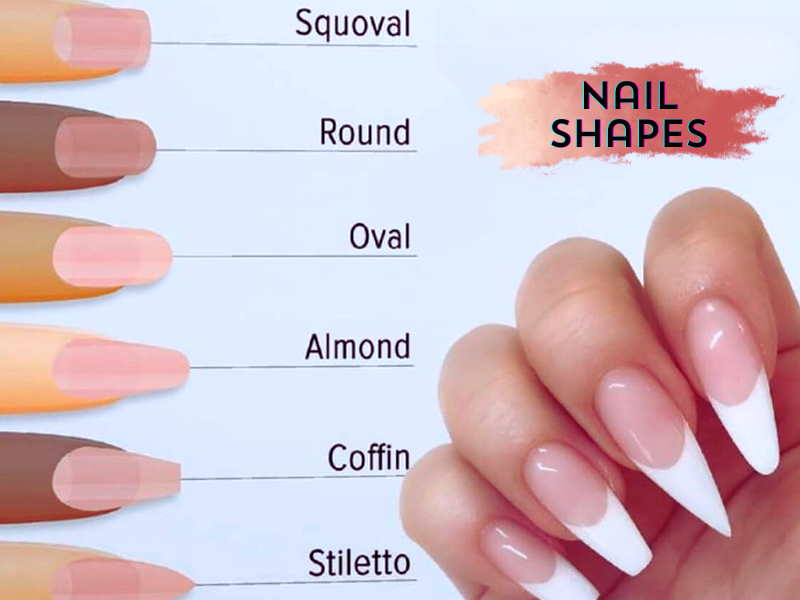
Square nails are best suited for long nails and narrow nail beds. The square shape can help balance out the length of the fingers and make the nail beds appear wider. For those with shorter fingers, a rounded square nail or squoval nail, which combines the best of both shapes, might be the ideal compromise.
Nail Length and Shape Harmony
The harmony between nail length and shape is crucial for achieving the desired look. Oval nails can be adapted to various lengths, from short nails that mimic the natural curve of the fingertip to long nails that enhance the elegant, elongated effect. This versatility makes the oval nail shape a popular choice for natural nails and nail extensions.
Square nails typically look best on longer nails, as the straight edges and sharp corners can appear too abrupt on shorter nails. However, for those with naturally longer nail beds, a shorter square nail can still maintain a chic and modern appearance. It's important to consider the proportion of the nail length to the width of the nail beds when opting for a square shape.
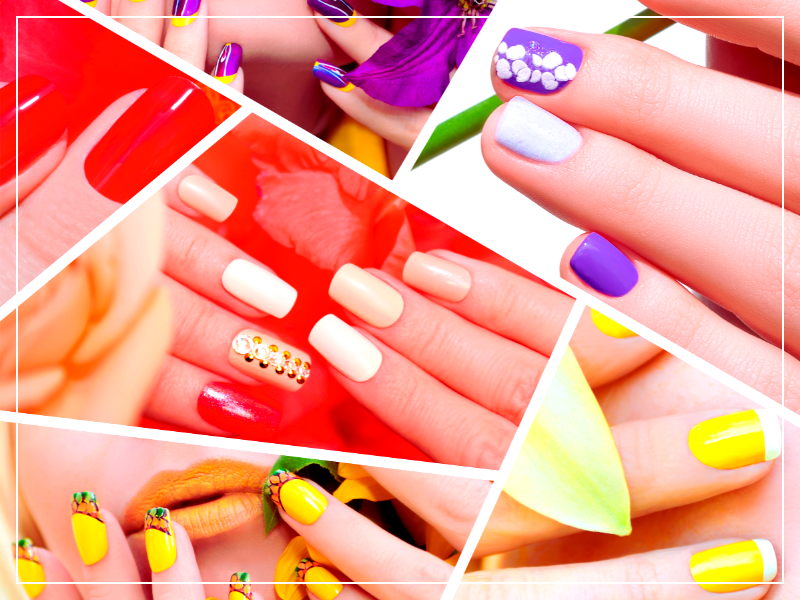
Summary
Choosing between oval and square nails comes down to aesthetic preference, practicality, and personal style. Oval press on nails offers a classic, elegant look that can elongate the fingers, while square nails provide a bold, modern appearance that stands out. Consider your lifestyle, finger type, and the maintenance you're willing to commit to when deciding on the perfect nail shape.
FAQ Section
Which nail shape is more durable, oval or square?
Oval nails are generally more durable due to their rounded edges, which make them less prone to catching and breaking. Square nails, on the other hand, have sharp corners that can be more susceptible to chips and breaks.
Can I still have square nails if I have short fingers?
Yes, you can have square nails even with short fingers. However, you may want to consider a rounded square or squoval shape to avoid making your fingers look shorter.
How often should I get my nails reshaped at the salon?
The frequency of reshaping your nails at the salon depends on your nail growth rate and the shape you choose. Generally, every two to three weeks is recommended to maintain the shape and prevent overgrowth, which can alter the nail's appearance and structure.
